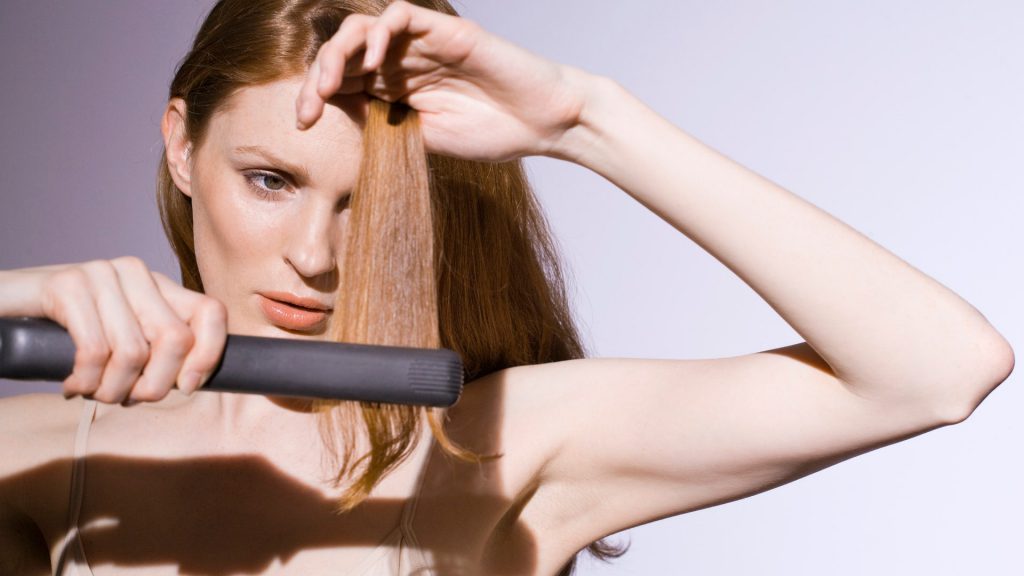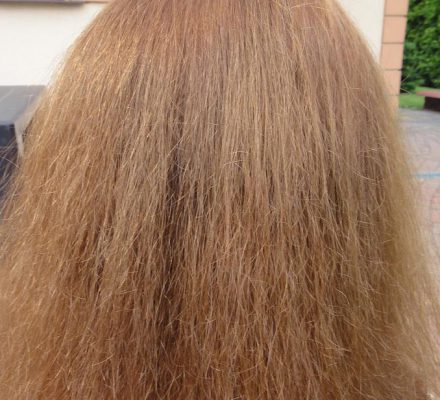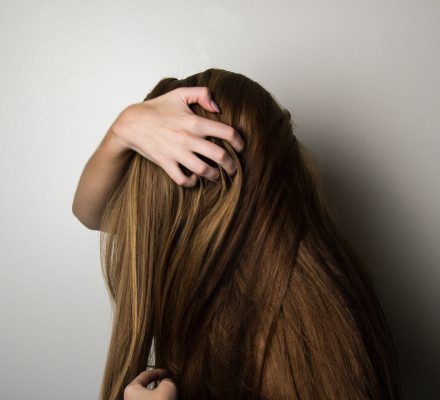Generally, it’s said that long hair looks more feminine and enhances women’s beauty no matter the age. There’s one exception, though. Long hair with split ends. That’s why we must know how to prevent splitting and secure the ends. A brief round-up of tips will help you get the split-proof hair.
Before reaching out for some tried and trusted split-proofing remedies, think what causes this unwanted hair flaw. This is important to prevent the problem in the future.
Why does hair split?
There are really plenty of causes of splitting hair but this is usually connected with poorer condition and damage to hair. If your hair is damaged, you are very likely to have split ends too. This is common. So, the question arises: what causes damage to hair and makes it split?
The most common causes of split ends:
- poorer hair condition because of an unhealthy diet.
- poorer hair condition because of incorrect or lack of hair care.
- damage caused by letting hair down to sleep.
- heat styling e.g. straightening often.
- lack of protection during the blow-dry routine.
Of course, there are other reasons why hair splits and breaks, sometimes it is something very simple like touching the hair tips and triggering damage.
How to keep hair from splitting?
Handling hair with care and defining some must-follow rules is the secret to avoiding split ends.
1. Be gentle with your hair.
Don’t pull, tug, harshly-towel dry the hair, meaning don’t do anything that causes breakage. Split ends are often caused by physical damage so try to avoid it. Brush your hair gently and never do it when hair’s wet and consequently more delicate. Use a natural-bristle brush that is suited to your hair type. Before trying some fancy hairstyle, think if it isn’t going to leave the hair tangled.
2. Use hair oils on a regular basis.
Natural vegetable oils are ideal for repairing and strengthening the hair, plus they are known for the ability to protect hair powerfully. Take two drops of argan oil, rub them between the palms and massage into the ends gently. The oil forms a shield on the hair, locking moisture in and ensuring protection e.g. against UV rays. A little effort for great effects.
3. Use hair serum.
If you are afraid that oil is going to weigh your hair down and make it greasy fast, you can try serum. Remember that the product’s quality depends on its formula – good serum should be free from alcohol (they make hair lose water faster) and have few preservatives and substances having tongue-twisting names. There are silicone- and oil-based serums; both types have a similar protective effect.
4. Tie your hair whenever possible.
Keeping hair tied helps reduce the risk of physical damage. Remember about that and don’t let the hair down too often. Loose hair is more likely to suffer because of the wind, sunlight, brushing against the clothes, tangling, etc. Braids (any kind) or buns (low or high) are the safest hairstyles.




Leave a Reply